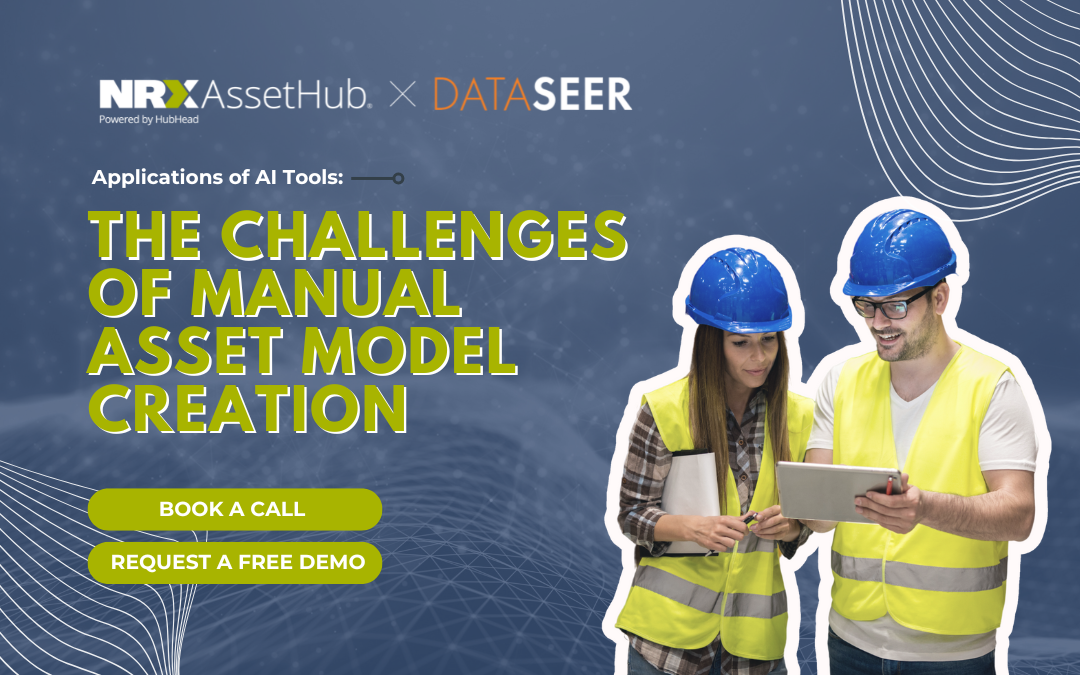When dealing with industrial asset management, building an accurate asset model is essential for organizing equipment, improving maintenance processes, and ensuring reliability across the entire operation. However, creating these models manually can be a painstaking and resource-intensive process. Here’s a look into why this process is so challenging and how businesses can start thinking differently about it.
What is an Asset Model?
An asset model is a digital representation of equipment, asset tags, maintenance tasks, and spare parts, forming the backbone of systems like CMMS and EAM (e.g., SAP Plant Maintenance, IBM Maximo).
Without proper asset models, companies face a range of operational challenges. Maintenance schedules may be delayed or incorrect, spare parts inventories could be overstocked or understocked, and technicians might lack the information they need to make timely repairs. This leads to inefficiencies, setbacks, and increased downtime.
Additionally, when an asset model is incomplete or inaccurate, organizations may struggle to realize the full potential of their EAM systems. This often leads to frustrations with the system itself, when in reality, the issue lies in the underlying data structure and asset model.

Why Manual Creation is Problematic
Traditionally, asset models are built manually by reviewing technical drawings and equipment lists, extracting relevant details to populate CMMS or EAM systems. This often means individually entering each piece of information into the system—an effort that can take weeks or even months depending on the complexity of the asset. In some cases, even the most basic task of identifying tags from a P&ID (Piping and Instrumentation Diagram) can require manual scouring through dense, technical documents.
The process is also prone to human error, with missed or misentered information leading to inaccurate data. For industries where safety and precision are paramount, such mistakes can lead to costly delays, project overruns, and operational inefficiencies.
Common Challenges
- Time-Consuming: Manually handling vast amounts of data is labour-intensive and time-consuming, significantly slowing the process.
- Data Inaccuracy: Human error leads to unreliable maintenance schedules and operational inefficiencies.
- Managing Legacy Data: Many organizations still operate with legacy documents, such as paper or scanned PDFs, that need to be digitized for modern CMMS and EAM systems. Manually converting these documents into usable digital formats is expensive and often inefficient.

Automating Asset Model Creation
The good news is that advancements in AI, machine learning, and computer vision technologies are starting to make a difference. Instead of manually creating an asset model from scratch, AI-powered systems can detect and extract relevant information from legacy documents, such as P&IDs and equipment schematics, with minimal human intervention. This ensures that the data captured is not only accurate but also delivered in a fraction of the time.
How Can We Help You?
HubHead and DataSeer’s AI Service combines human-level understanding with machine speed to build a scalable knowledge data store of engineering designs. By integrating these solutions with your existing EAM/CMMS systems and creating a digital twin, you can enhance decision-making and streamline your maintenance processes. Contact us for a free demo or book a call.
The Crucial Role of Standards and Benchmarking in Asset Management
Embracing Automation – The Future of Data Extraction
Unveiling the Complexity of Asset Management: A Call for Better Data Organization in IT and Management Departments
Share this article




